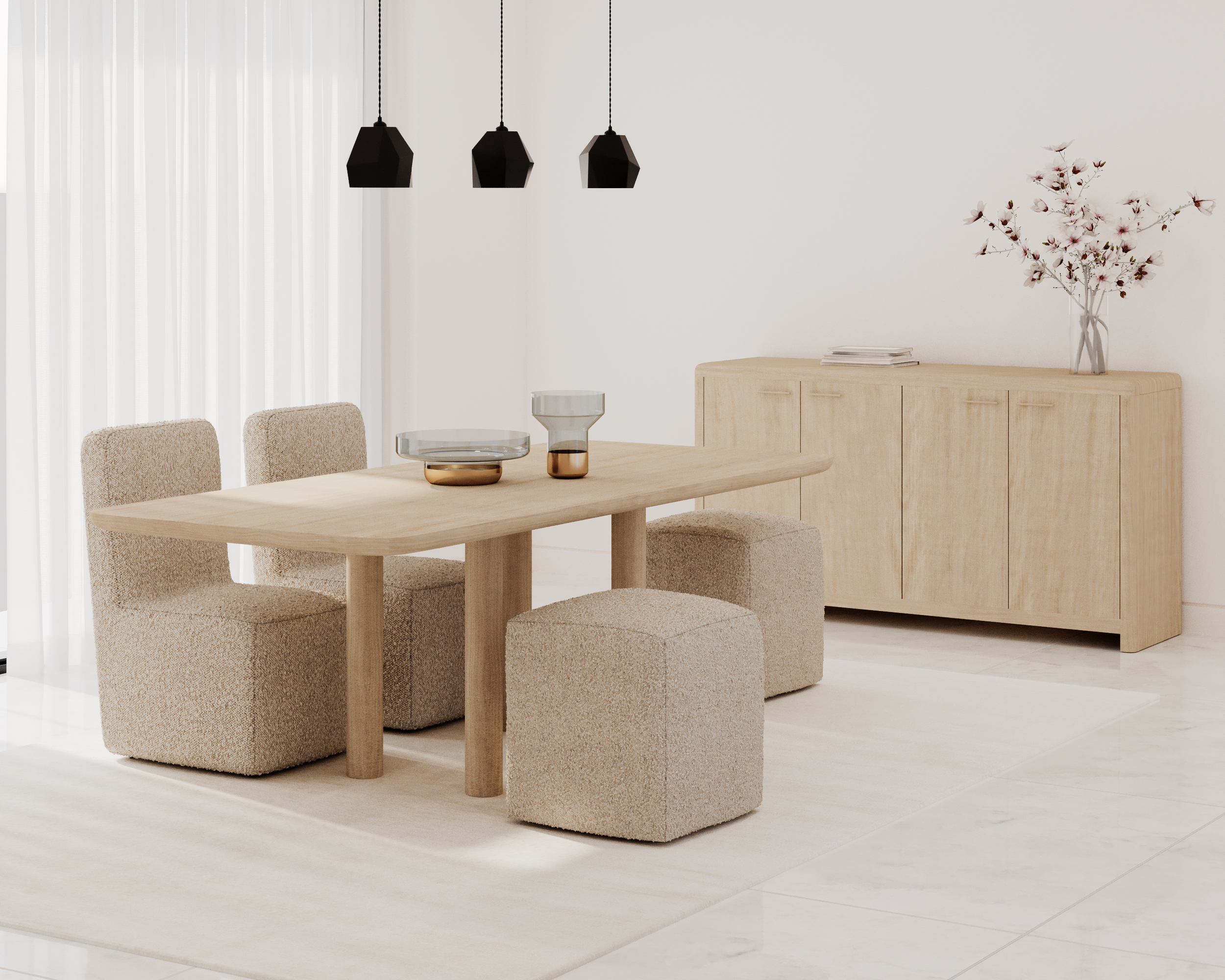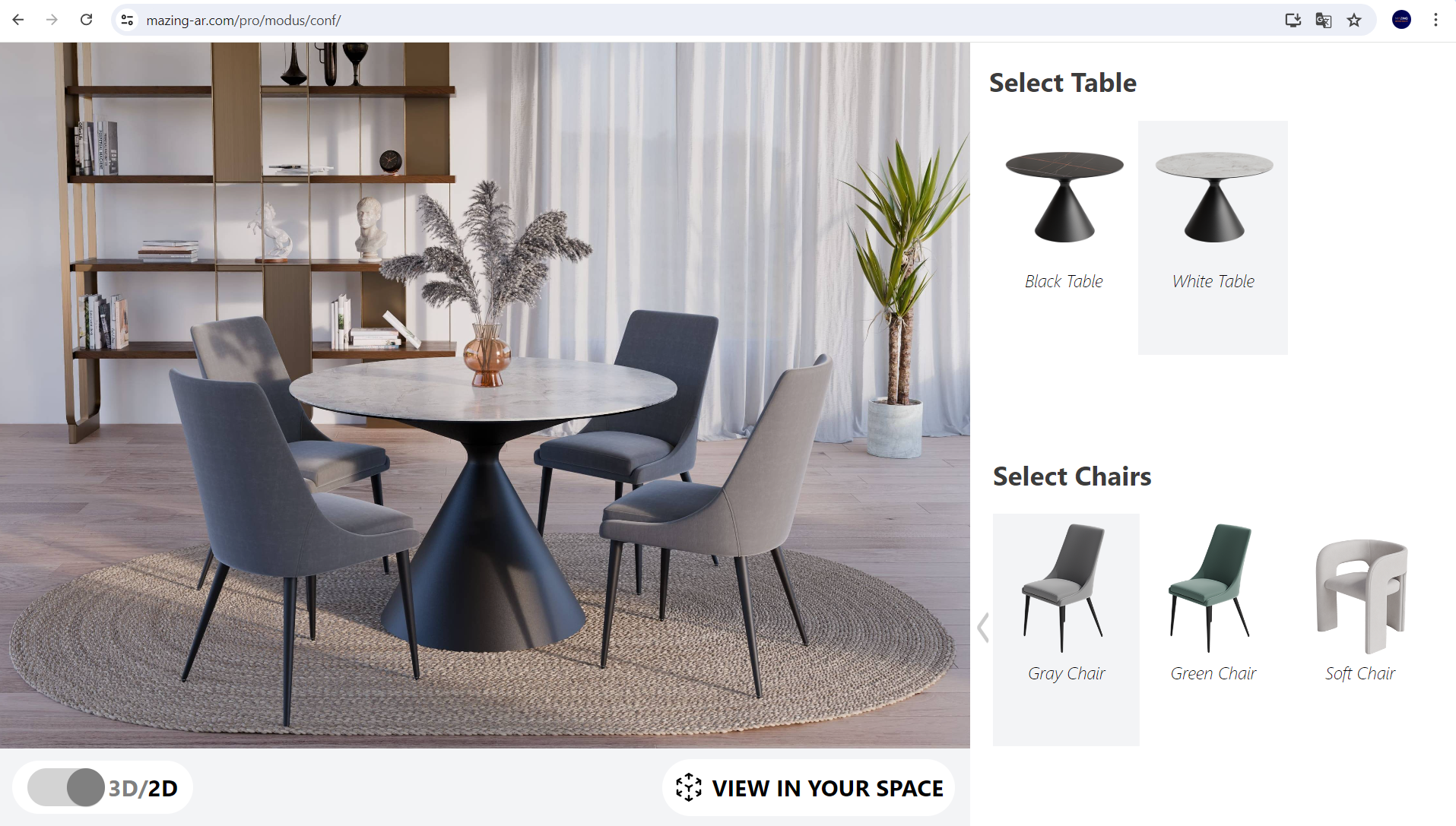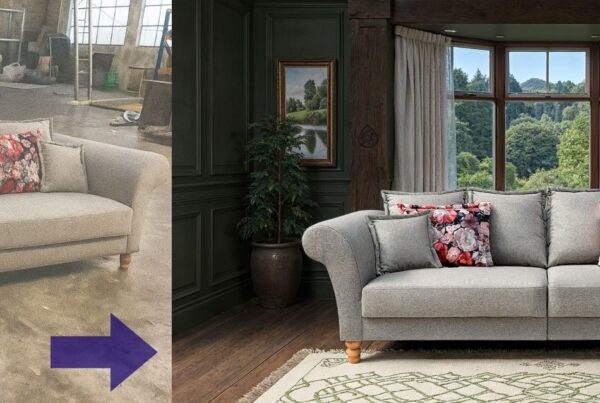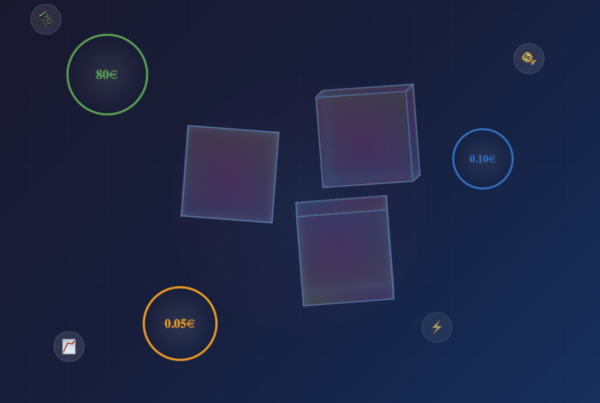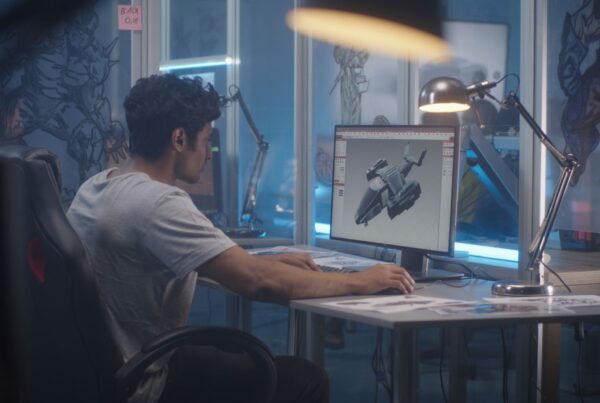Photography vs. rendering – what are the similarities and differences? Both are ways of presenting your product visually in your own online store or for various marketing purposes. In the constantly evolving technological world, product presentation is of course also making progress. Photography is the best-known method of visualizing your products – pictures are taken in photo studios by professional photographers and then used for your online store or advertising. Renderings, on the other hand, are highly realistic 2D images that can be created from 3D models. A distinction is made here between product renderings and ambient renderings. This article compares photography vs. rendering and looks at all possible methods of product presentation.
REQUEST 3D RENDERINGS
Advantages of renderings vs. photography
- Cost and time savings: Renderings offer many cost benefits compared to conventional photography. While a professional photo shoot requires high expenses for camera equipment, lighting, studio rental and possibly also for models and props, rendering eliminates these costs. Renderings also save time. Preparing for a photo shoot, including setting up and adjusting the lighting and choosing the right environment, can be time-consuming. With rendering, the environment and lighting can be adjusted with just a few clicks, which speeds up the process considerably. This means that changes and adjustments can be implemented quickly and efficiently without the need for a new shoot.
- More scope for creativity: Another major advantage of renderings is the scope for creativity they offer. While photographers are often limited to real locations and conditions, rendering creators can use many different backgrounds. Whether modern offices, antique living rooms, mountain landscapes or alpine huts – there are no limits to the possibilities. In addition, renderings allow different backgrounds and environments to be exchanged quickly and easily. A product can be presented in front of countless backdrops without having to be physically transported to the respective locations. This enables different, visual product presentations that would be almost impossible to implement in the real world.
- Additional options for a better customer experience: The use of renderings opens up many more options and tools that can be used to build on this, such as the 3D configurator. With the help of a configurator, customers can customize colors and models of a product according to their wishes. The latest innovation is the table and chair configurator, which you can see and try out below. Another tool is the 3D Viewer, which allows customers to rotate and zoom products on the display and view them from different angles. There is also the option of integrating Web AR (Web Augmented Reality) into your online store. With this function, customers can place the products in their own home before buying, which makes the purchase decision much easier. These two tools are also included in the table-chair configurator and can be tested by clicking on the button:
Difference between product renderings and ambient renderings
Product Renderings
With product renderings, also known as 3D product visuals or cut-out renderings, the focus is exclusively on the product itself. These renderings typically present the product in front of a neutral, usually white background. The purpose of such renderings is to highlight the product in all its details, without the distraction of an environment. They are well suited for catalogs or online stores where it is important to show the design, shape, texture and color of the product clearly and precisely.
Lifestyle Renderings
Lifestyle renderings, or 3D lifestyle scenes, on the other hand, go one step further by presenting the product in a desired environment. The aim of this type of rendering is to give the viewer an idea of how the product will look in a particular room or environment and how it can be used. For example, an ambience rendering could show a sofa in a stylishly furnished living room. Here, not only the sofa itself is shown, but also how it harmonizes with other pieces of furniture, lighting and decoration. Such renderings are particularly valuable for marketing purposes as they help potential customers to visualize how the product could look in their own home or office. In addition, a product can be displayed in many different rooms. This in turn can be used by Google search and artificial intelligence. For example, if one customer is looking for a beige couch for a modern living room and the other customer needs a beige couch for an old alpine hut, both wishes can be fulfilled with the different renderings.
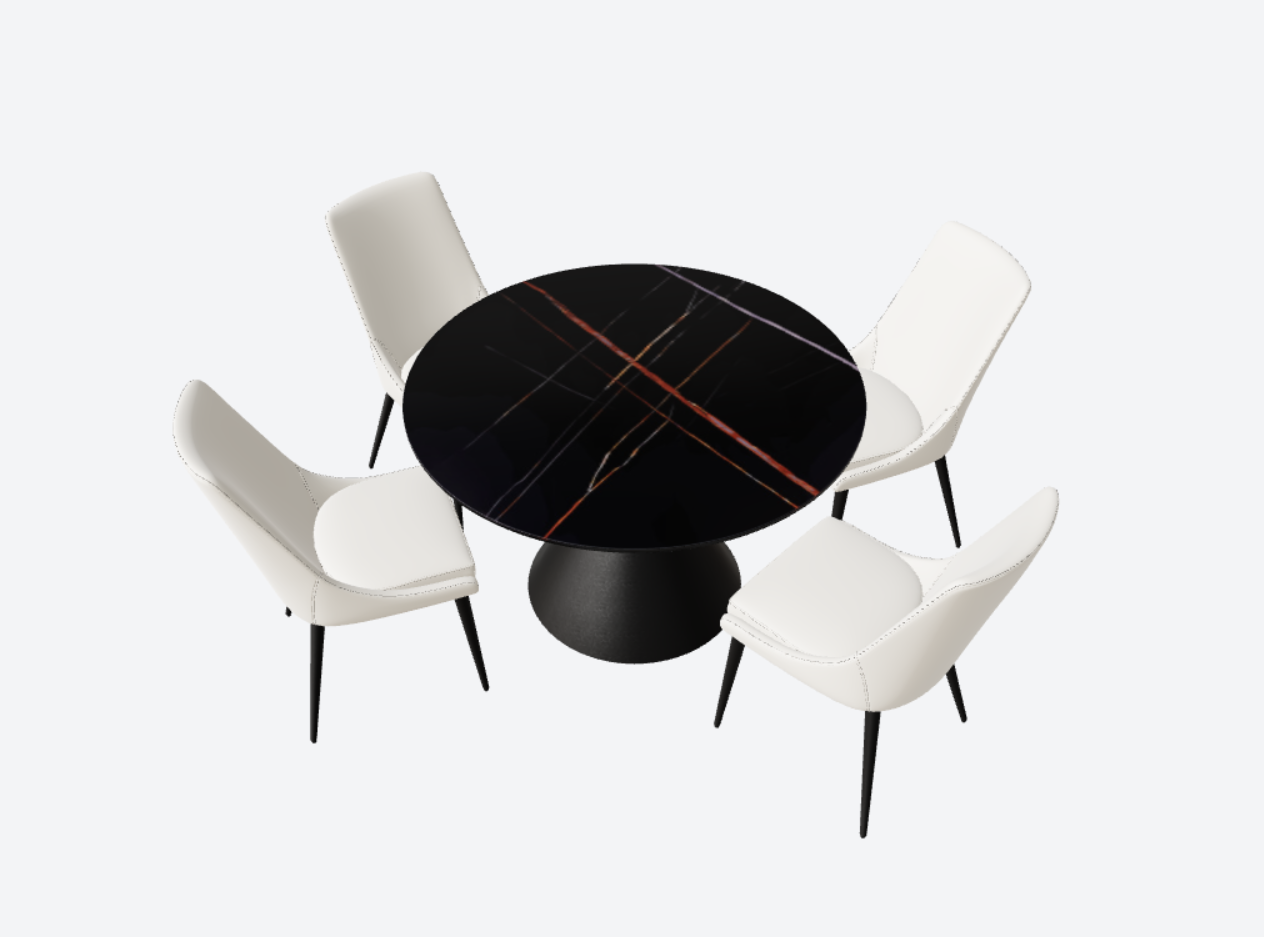
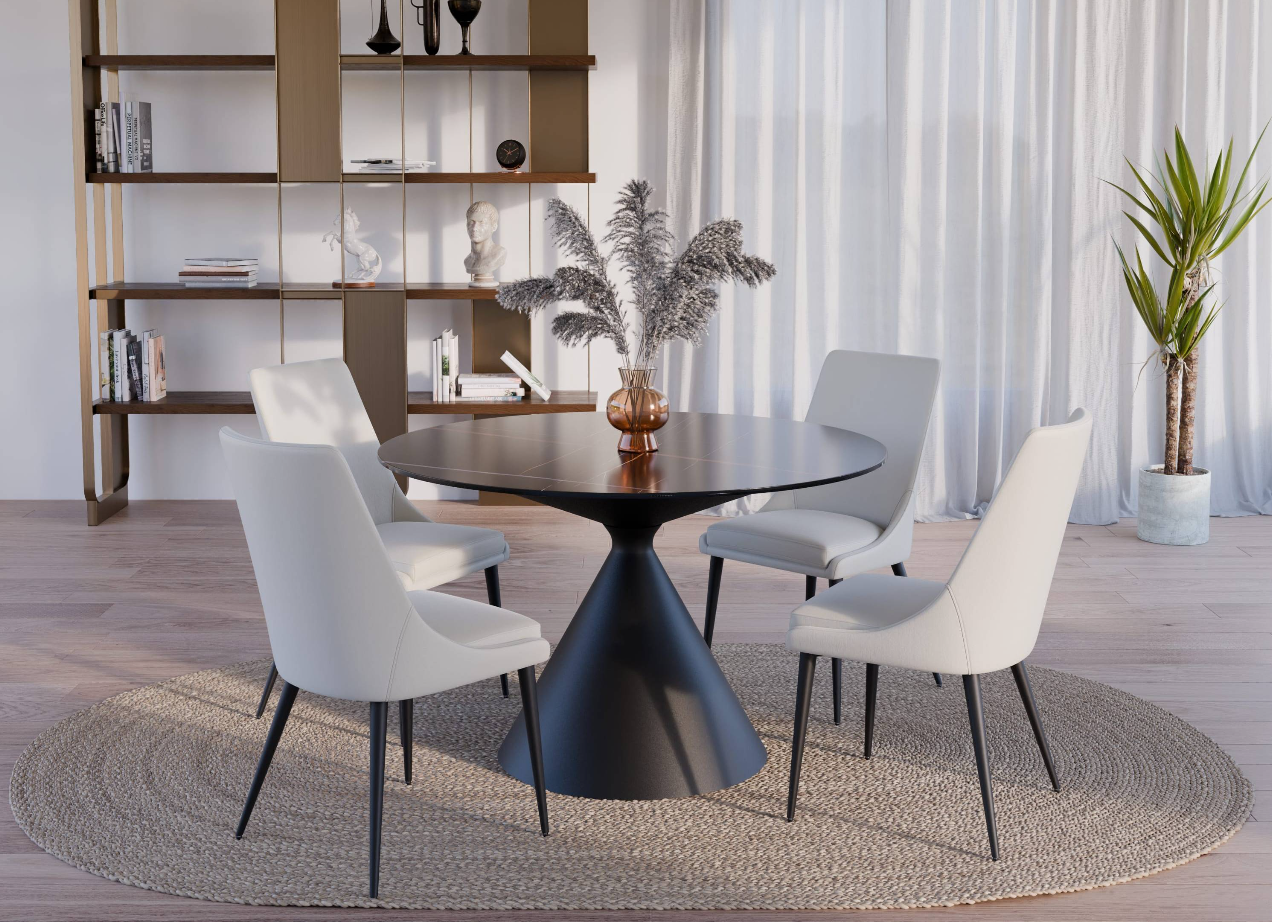
How can I create renderings for my products?
- Send raw data to Mazing: The first step is to send raw data of your products, for example technical drawings. If product images are available, you can also send these – but they are not absolutely necessary for 3D visualization.
- Declare wishes and set goals: Through our years of experience, we know how important and crucial this step is. It is of great importance to look at the target group and analyze which rooms and environments appeal to them the most. The better you focus on the needs of your target group, the more likely they are to buy your product.
- Creating the renderings: Now it’s time for implementation. Mazing’s CGI artists create highly realistic renderings of your products and work closely with you to customize them until they are perfect.
Summary
Photography vs. rendering – Both are methods for the visual representation of products in online stores and for marketing purposes. Both techniques have evolved and offer unique advantages. While photography traditionally requires studios and photographers, renderings offer new possibilities through computer-generated images. Renderings minimize the high costs and time associated with photo shoots and offer unlimited creative possibilities for presenting products against any background. Innovative tools such as 3D configurators, 3D viewers and web AR improve the customer experience. Product renderings focus on the product in front of a neutral background, while ambience renderings show the product in a realistic environment. To create renderings, raw data is sent to specialists who then create and customize highly realistic renderings. Renderings therefore offer numerous advantages and innovative possibilities that complement traditional photography and surpass it in many areas.


